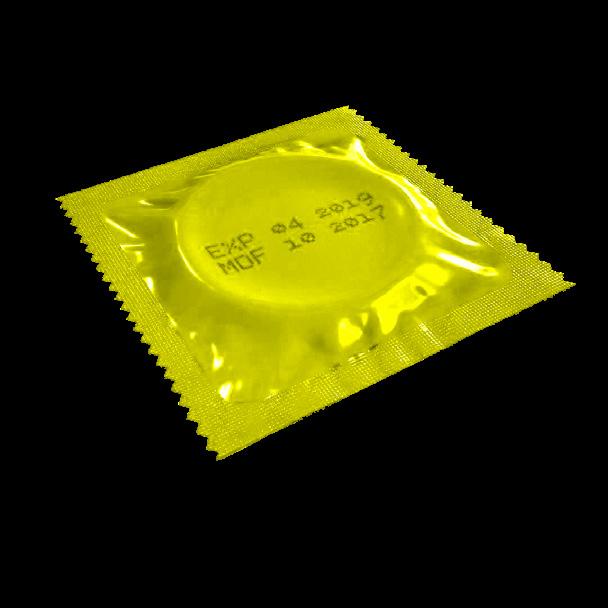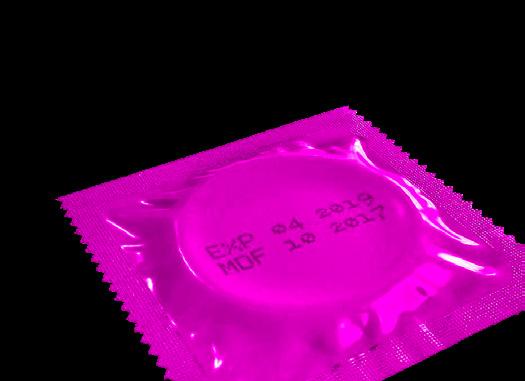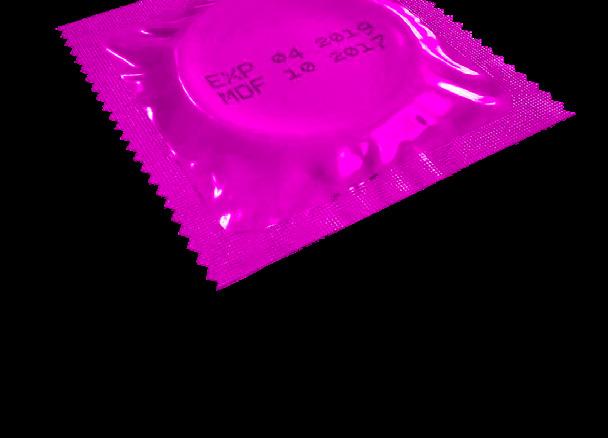
9 minute read
investigations


Advertisement
















Sex-Ed A Look Into Policy, History and the Future






















State
JULIET SHEARIN writer
Throughout its history, the California Education Code has strived to make laws that ensure students receive high-quality sex education.
One of the earliest pieces of sex education legislation, passed in 1992, merely mandated HIV/AIDS prevention education. Eleven years later, SB71 consolidated several different provisions related to AIDS prevention and “opt-out” sex education — meaning districts do not require parents individually to opt-in to have their child receive the instruction. In 2007, the Sexual Health Education Accountability Act instituted new requirements that sex education information be medically accurate, objective and age-appropriate. Notably, it also mandated that this education was not abstinence-only but instead provided information on family planning options other than abstinence, like condoms or birth control, for preventing pregnancy and sexually transmitted infections (STIs). The most significant and farthest-reaching piece of sex education legislation is the California Healthy Youth Act, which took effect in 2016. It vastly expanded the standards for what schools had to teach, requiring information on healthy relationships, different sexualities, and testing for sexually transmitted infections (STIs). It also included provisions aimed at destigmatizing HIV and people who live with it.
Said Assistant Superintendent to Fremont Union High School District Trudy Gross, “[The California Healthy Youth Act] is really focusing on providing students with an even broader level of information... about how do you learn about healthy relationships and about all the choices you might be faced with... It isn’t just HIV prevention.” These skills are useful in all stages of life, which the California Healthy Youth act acknowledges by requiring sex education in both seventh and ninth grade.
Two weeks after the California Healthy Youth Act was first brought in front of the California State Assembly, the California Senate read another bill on sex education. SB-695 mandated that the next time the Health Education Framework, a comprehensive state-created guide to teaching students holistic health, be revised, it would include information on sexual harassment and violence, strategies to prevent it, and resources to help victims.
Since 2016, the California Education Code has faced many proposed amendments that deal with sex education. One act to require more detailed facts on human trafficking has passed into law; others, like a bill which proposed that parents could make copies of any uncopyrighted material, have failed to progress out of California’s state legislature. District
KAVYA GUPTA editor-in-chief
Fremont Union High School District (FUHSD) perseveres to follow California’s laws pertaining to sexual education, maintaining lessons centered around comprehensive sex education. Most of the district’s sex education program is based in Health Connected, a nonprofit that aims to support youth to make healthy decisions around sex. The district also supplements its curriculum with information from the Center for Disease Control and materials from their biology curriculum. Since the enactment of the California Healthy Youth Act, FUHSD has developed its lessons to increase student engagement and interaction. With help from Health Connected and teacher input, the curriculum evolved to create discussion in the classroom. “Far more engagement and project-based things than just stand and deliver,” Associate Superintendent of FUHSD, Trudy Gross said.
FUHSD ensures parents and guardians are informed about their sex education curriculum three times. First, they send a paragraph out in the annual notifications; parents are also notified in the freshman biology green sheet and in a newsletter sent out just prior to the unit. Most critically, at Parent Night, parents get the opportunity to look over materials and ask questions.
Said Gross, “I think for many parents who might be concerned, the majority of them when they attend parent night, they then felt very comfortable because they have an understanding of what’s going to happen [in the sex education unit].” The district prioritizes the enhancement of the emotional sector of sex education, advocating for additional focus in healthy relationships and consent. According to Gross, FUHSD wishes to provide information beyond just the scientific approach to sexual education; they also wish to educate students on general life skills and the decisions one generally has to make in life.
Said Gross, “With the move to the California Healthy Youth Act, the law is really focusing on providing students with an even broader level of information. It isn’t just HIV prevention, but also understanding the myths about HIV and AIDs in the past, and things like sexuality and gender. It’s meant to provide more information but also reduce stigma in terms of the variety of people that live in our world, that we interact with on a regular basis.”
Cupertino High School’s curriculum regarding sexual education strictly adheres to California state law and the California Healthy Youth Act. Centered around comprehensive sex education, the twoweek lesson plan covers topics such as consent, gender, sexuality, and far more.
The goals outlined in the curriculum by administrators are in accordance with the goals of the California Department of Education. They include teaching students to possess healthy attitudes towards gender, sexual orientation, and relationships, promoting and normalizing understanding of sexuality, and delivering integrated, comprehensive, accurate, and unbiased sexual health and HIV prevention instruction.
Said Principal Kami Tomberlain, “It’s really based on making sure people have the information that they need to make good choices, that they understand what those choices are. The primary objectives are respect and consent.”
With the implementation of the California Healthy Youth Act in 2016, the curriculum has also expanded to include information regarding gender identities and sexual identities.
To keep parents informed as to what Cupertino’s curriculum contains, around 50 families are invited every year to a session with the school’s biology teachers and administrators. “I’ve met with families every year since the curriculum was expanded. They ask questions and the biology teachers and I answer them. They then make a choice as to whether or not they want their child to participate in the lessons. We always have two or three students whose families opt them out,” Tomberlain said. At the meetings, families are shown a presentation and are given the opportunity to ask questions and clear up misconceptions. As for students who opt out of sex education, they are still provided materials in textbooks and worksheets to understand the science behind reproductive systems and sexually-transmitted diseases.
Said biology teacher Daniel Stavis, “By law, we have to provide an alternative to the sex-ed program, so those students are spending time in another location, using the textbook, and learning mostly about anatomy, like the endocrine system, the reproductive system, and the immune system. I believe that for students whose parents choose to opt-out, this is a reasonable alternative.”
Every school in FUHSD has the same guidelines and content standards. In most schools, sex education is taught and implemented by the biology teachers, who work closely with the administration to form the curriculum. The teachers are trained by an organization called Health Connected.
“We used to do a [Center for Disease Control] program called Safer Choices, but then the [California Healthy Youth Act] was passed in 2016. At that point, the district linked up with an organization called Health Connected. They introduce us to new modules, and sometimes we take on the role of students and actually do the lesson or activity. There’s a good discussion about the pedagogy of how to teach these things,” Stavis said.
Although Cupertino currently follows the mandate of state law to provide sexual education a minimum of just once in high school, Principal Tomberlain wishes to introduce another round of curriculum in either students’ eleventh or twelfth year of school.
Said Tomberlain, “I am dying to do an advisory or a longer session on healthy relationships, and how to be a good partner. There’s a whole presentation I’ve researched and want to do on consent and the challenges about preventing sexual assault. I think we could add much more to the social and emotional parts of [the curriculum]. There’s a lot to think about, more than just what body parts go where. It’s much bigger than that.” Cupertino KAVYA GUPTA editor-in-chief SOHINI KARMAKAR writer







